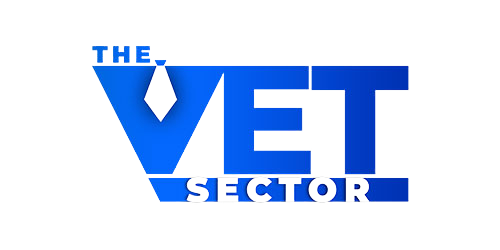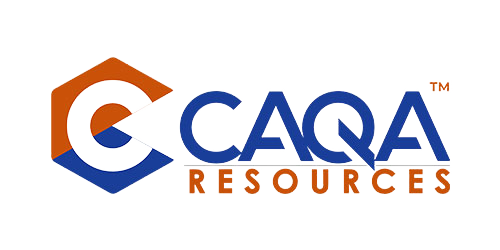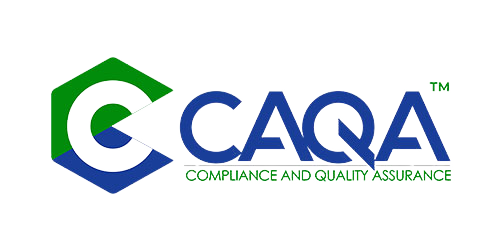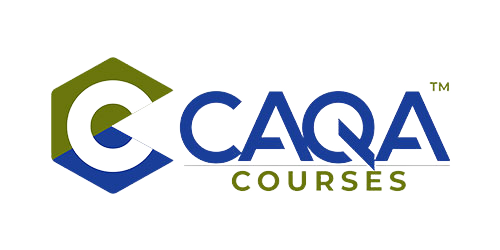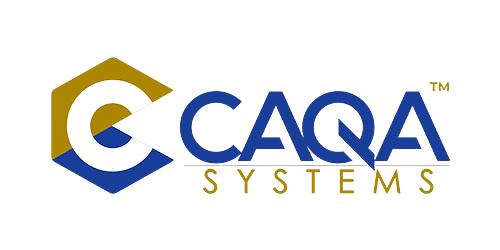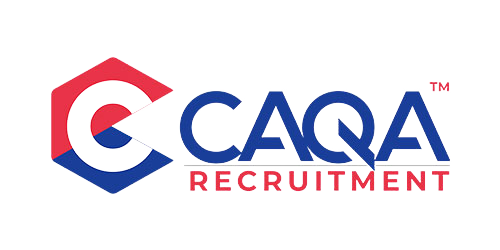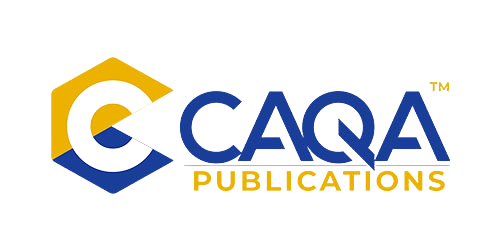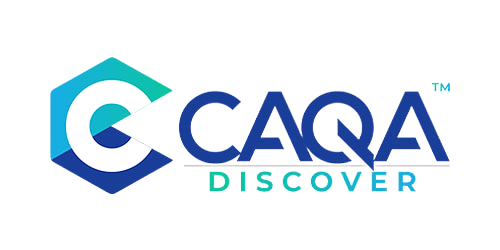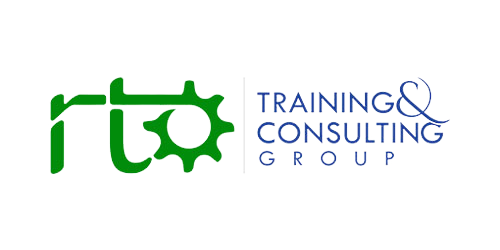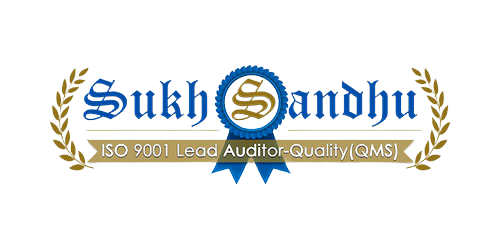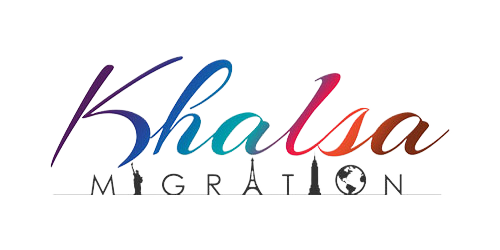This article explores the concept of continuous improvement in Registered Training Organisations (RTOs) through the lens of the Rules of Evidence. By unpacking the key elements—validity, sufficiency, authenticity, and currency—this article outlines how RTOs can apply these principles to improve assessment practices, drive consistent quality outcomes, and ensure compliance with regulatory requirements. It discusses strategies for improvement, such as leveraging feedback from students, employers, staff and complaints analysis, as well as the importance of validation and moderation in maintaining high-quality assessments. By evidencing actual improvements, RTOs can create a culture of continuous growth and success.
In the context of Registered Training Organisations (RTOs), continuous improvement (CI) is essential to maintaining high standards of training and assessment while ensuring compliance with regulatory requirements. One of the most important aspects of CI is the Rules of Evidence—a set of principles that govern how assessments are conducted and evaluated. The Rules of Evidence, combined with the Principles of Assessment, guide RTOs in maintaining valid, sufficient, authentic, and current assessment practices that meet industry and regulatory expectations.
This article will delve into the process of continuous improvement through the lens of the Rules of Evidence. We will explore strategies that RTOs can use to improve their assessment practices, from gathering feedback from key stakeholders to implementing systematic validation and moderation processes. Additionally, we will look at how RTOs can evidence actual improvements and demonstrate their commitment to quality outcomes.
1. Understanding the Rules of Evidence in RTOs
Before diving into continuous improvement strategies, it is important to understand the Rules of Evidence, which are fundamental to ensuring that assessments are fair, reliable, and compliant.
The Rules of Evidence comprise four key elements:
-
Validity: Assessment methods must be relevant to the unit of competency being assessed and ensure that the assessment outcomes meet the intended learning outcomes.
-
Sufficiency: There must be enough evidence to make an informed judgment about the learner’s competence. This includes both the quantity and quality of the evidence.
-
Authenticity: The evidence provided must be verifiable and show that the learner has genuinely demonstrated the required skills and knowledge.
-
Currency: The evidence must reflect the learner’s current skills and knowledge. This ensures that the assessment is up to date and aligned with the current industry standards.
Together, these rules help ensure that assessments are fair, accurate, and reliable, contributing to continuous improvement by promoting consistent and valid judgments.
2. The Role of Feedback in Continuous Improvement
One of the most powerful tools for driving continuous improvement is feedback. By collecting feedback from various stakeholders—students, employers, industry representatives, and staff—RTOs can identify areas for improvement and refine their training and assessment processes. However, it is essential to think beyond just surveys and consider more in-depth methods of gathering and analysing feedback.
a. Student Feedback
Students are directly impacted by the quality of training and assessment, making their feedback invaluable. This can include formal surveys, interviews, or focus groups. However, it is also important to encourage informal feedback, such as through student forums or one-on-one conversations, to get a fuller picture of their experiences.
Key areas to gather feedback on include:
-
The clarity and effectiveness of training materials
-
The alignment of assessments with the learning outcomes
-
The support provided by trainers and assessors
-
Overall satisfaction with the learning experience
b. Employer and Industry Feedback
Feedback from employers and industry stakeholders ensures that the RTO’s training programs align with the skills and knowledge required in the workforce. Regular communication with industry groups can help RTOs stay up to date with emerging trends, changing standards, and skill shortages.
Key considerations include:
-
Whether graduates are meeting employer expectations
-
Areas where training can be improved to better match industry needs
-
The effectiveness of work placements and internships in bridging the gap between training and real-world application
c. Staff Feedback
Staff, including trainers, assessors, and administrative personnel, can provide insight into operational challenges and areas for improvement. Regular feedback sessions and professional development opportunities help ensure staff members are equipped to deliver quality training and assessment.
Key areas for staff feedback include:
-
Clarity and consistency of assessment criteria
-
Workload management and resource availability
-
Training and professional development needs
3. Complaint Analysis: Identifying Recurrent Issues
Complaints are an important source of data for identifying recurring issues within an RTO’s operations. By systematically analysing complaints, RTOs can identify trends or persistent issues that may require targeted action.
a. Categorising Complaints
To effectively analyse complaints, RTOs should categorise them into relevant areas, such as:
-
Assessment issues: Complaints about the fairness, clarity, or validity of assessments
-
Trainer performance: Concerns regarding the quality or consistency of training delivery
-
Student support: Complaints about the availability or adequacy of student services
-
Administrative issues: Concerns regarding enrolment, scheduling, or record-keeping
b. Root Cause Analysis
Once complaints are categorised, RTOs should conduct a root cause analysis to determine the underlying causes of recurring issues. Techniques such as the 5 Whys or Fishbone Diagrams can help RTOs drill down into the root causes of complaints and identify areas for process improvement.
4. Validation and Moderation: Ensuring Consistent Assessment Quality
Validation and moderation are essential practices for ensuring the quality and consistency of assessments across RTOs. These processes help identify and address any discrepancies or inconsistencies in assessment practices and ensure that assessments are reliable, fair, and aligned with industry standards.
a. Validation of Assessment Tools
Validation refers to the process of ensuring that assessment tools are fit for purpose, reflect current industry practices, and meet the requirements of the relevant training package or accredited course. Regular validation activities are crucial for maintaining the currency and relevance of assessment tools.
Key activities in the validation process include:
-
Reviewing and updating assessment tools to reflect changes in industry standards or training packages
-
Consulting with industry experts to ensure that assessments are aligned with real-world skills and knowledge
-
Documenting the validation process, including the outcomes and any changes made to the tools
b. Moderation of Assessments
Moderation is the process of ensuring that assessment decisions are consistent and fair across different assessors. This is particularly important when multiple assessors are involved in the same qualification or unit of competency.
Key moderation activities include:
-
Regular meetings between assessors to discuss assessment decisions and ensure consistency
-
Reviewing sample assessments to ensure that judgments are aligned with the assessment criteria
-
Providing feedback and guidance to assessors on improving their assessment practices
By implementing systematic validation and moderation processes, RTOs can ensure that their assessments are fair, valid, and consistent, contributing to ongoing improvement.
5. Evidencing Actual Improvements
It is not enough to simply gather feedback or analyse complaints; RTOs must also evidence the improvements they make based on this data. Demonstrating tangible improvements is essential for ensuring that the RTO is not only complying with regulatory standards but also improving the quality of its training and assessment practices.
a. Documenting Changes and Actions Taken
To evidence improvement, RTOs should document all changes and actions taken as a result of feedback, complaints analysis, validation, and moderation. This documentation should include:
-
A description of the issue or area for improvement
-
The steps taken to address the issue (e.g., revising assessment tools, implementing new training resources, providing additional staff training)
-
The outcomes of the actions taken (e.g., improved student satisfaction, higher assessment success rates)
b. Tracking Progress Over Time
RTOs should track the effectiveness of improvements over time by collecting follow-up data. For example:
-
Student satisfaction surveys after improvements have been implemented
-
Performance metrics, such as student retention rates, completion rates, or assessment results
-
Ongoing staff feedback on the effectiveness of changes to processes or practices
c. Using Evidence to Inform Future Improvements
The evidence collected from tracking improvements should be used to inform future CI activities. If a particular change has led to a positive outcome, it can be expanded or refined. If a change does not have the desired effect, the RTO can reassess the approach and make further adjustments.
6. The Role of Trainers and Assessors in Continuous Improvement
Trainers and assessors play a critical role in the continuous improvement process. Their involvement in the assessment process, feedback mechanisms, and professional development activities is essential to maintaining high standards and achieving quality outcomes.
a. Engaging Trainers in CI
RTOs should actively engage trainers and assessors in the CI process by:
-
Involving them in feedback collection: Trainers and assessors should be involved in gathering feedback from students, employers, and peers to identify areas for improvement.
-
Providing professional development opportunities: Regular training and development help ensure that trainers stay up-to-date with industry changes, regulatory requirements, and best practices.
-
Encouraging collaboration and peer review: Facilitating regular discussions and peer reviews among trainers helps identify inconsistencies or areas for improvement in assessment practices.
b. Fostering a Culture of Ownership
By involving trainers and assessors in the CI process and empowering them to take ownership of their professional development, RTOs can create a culture of continuous learning and improvement. This fosters a sense of accountability and encourages trainers to actively contribute to the RTO’s ongoing success.
Continuous Improvement as a Pathway to Long-Term Success
Continuous improvement is a vital component of an RTO’s operations, ensuring that the organisation remains compliant with regulatory standards while striving to deliver the best possible training and assessment outcomes. By leveraging feedback, analysing complaints, and systematically applying validation and moderation processes, RTOs can make meaningful improvements that lead to better outcomes for students, staff, and employers.
Moreover, by evidencing the changes made and tracking progress over time, RTOs can demonstrate their commitment to quality and continuous growth. Continuous improvement is not a one-time effort but an ongoing journey that drives long-term success, compliance, and excellence in the delivery of vocational education and training.








